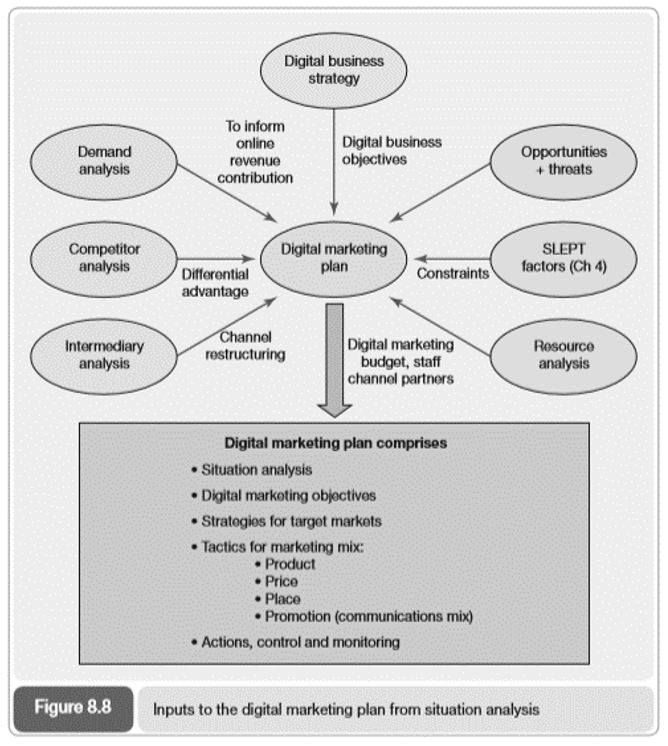Digital Marketing_part.1
What is digital marketing?
Digital marketing is the use of the Internet, mobile devices, social media, search engines, and other channels to reach consumers. Some marketing experts consider digital marketing to be an entirely new endeavor that requires a new way of approaching customers and new ways of understanding how customers behave compared to traditional marketing.
An average user consumes content via the television, computer, tablet, smartphone, radio, and other traditional media. This constant exposure to various types of media has led to information overload, further complicating the buyer’s journey. Digital marketing has allowed brands to stay relevant by making themselves visible through different channels and touchpoints.
Apart from traditional marketing channels, such as television, newspapers, billboards, and so on, marketers use these digital channels to guide prospects through their purchase journey and keep in touch with their existing customers. there is two types of digital marketing :
- inbound marketing, when the consumer is proactive in actively seeking out information for their needs and interactions with brands are attracted through content, search and social media marketing.
- Content marketing when the management of text, rich media, audio and video content aimed at engaging customers and prospects to meet business goals published through print and digital media, including web and mobile platforms, which is repurposed and syndicated to different forms of web presence such as publisher sites, blogs, social media and comparison sites.
Digital marketing planning
Digital marketing plan is needed in addition to a broader digital business strategy to detail how the sell- side specific objectives of the digital business strategy will be achieved through marketing activities such as research and communications. Since a digital marketing plan is based on the objectives of the marketing strategy, there is overlap between the elements of each approach, particularly for environment analysis, objective setting and strategic analysis.
Strategy process model for digital marketing planning
the SOSTAC™ framework developed by Paul Smith (1999), which summarises the different stages that should be involved in a marketing strategy, from strategy development to implementation
- Situation – where are we now? ● Action – what is our plan?
- Objectives – where do we want to be? ● Control – did we get there?
- Strategy – how do we get there?
- Tactics – how exactly do we get there?
Situation Analysis
The aim of situation analysis is to understand the current and future environment in which the company operates in order that the strategic objectives are realistic in light of what is happening in the marketplace.




